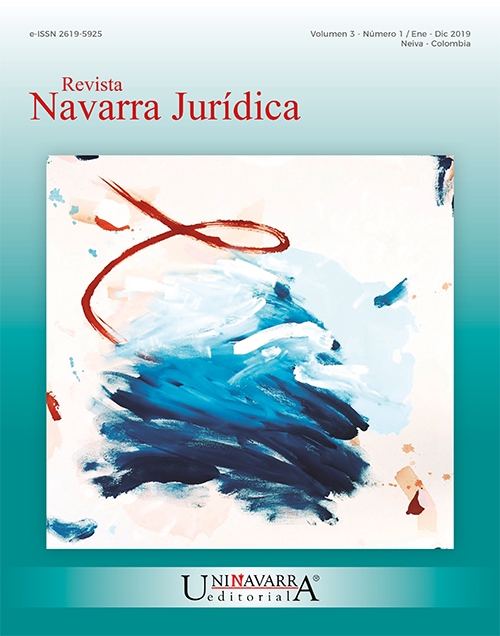Learn, Investigate, Teach
Abstract
Between 1690 and 1781, numerous astronomers, including some of the most prominent European scientists of the time, spotted a bright, star-like object in the sky, in the position that we now suppose Uranus would then occupy. Most of them concluded that it was a star. This fact was repeated, during the indicated period, at least seventeen times. One of the most notorious observers in Europe studied the alleged star in 1769 for four nights in a row, without noticing any features that could alter the idea that it was a star. Twelve years later it was the first time that Sir William Herschel, a British-German musician and astronomer - observed the same object and did so with a telescope of his own manufacture. Analyzing it, he could see that the size of the disk was very unusual for the stars. Faced with this, he decided to postpone his pronouncement on the nature of the object until he made a more detailed examination of it. That more detailed study showed that the object was not at a fixed point, but was moving between the stars. As a consequence of this, Herschel thought, at the time, that it was a comet.Downloads
Published
2019-12-19
Issue
Section
Editorial
How to Cite
Learn, Investigate, Teach. (2019). Revista Navarra Jurídica, 3(1), 5-6. https://journals.uninavarra.edu.co/index.php/navarrajuridica/article/view/221



